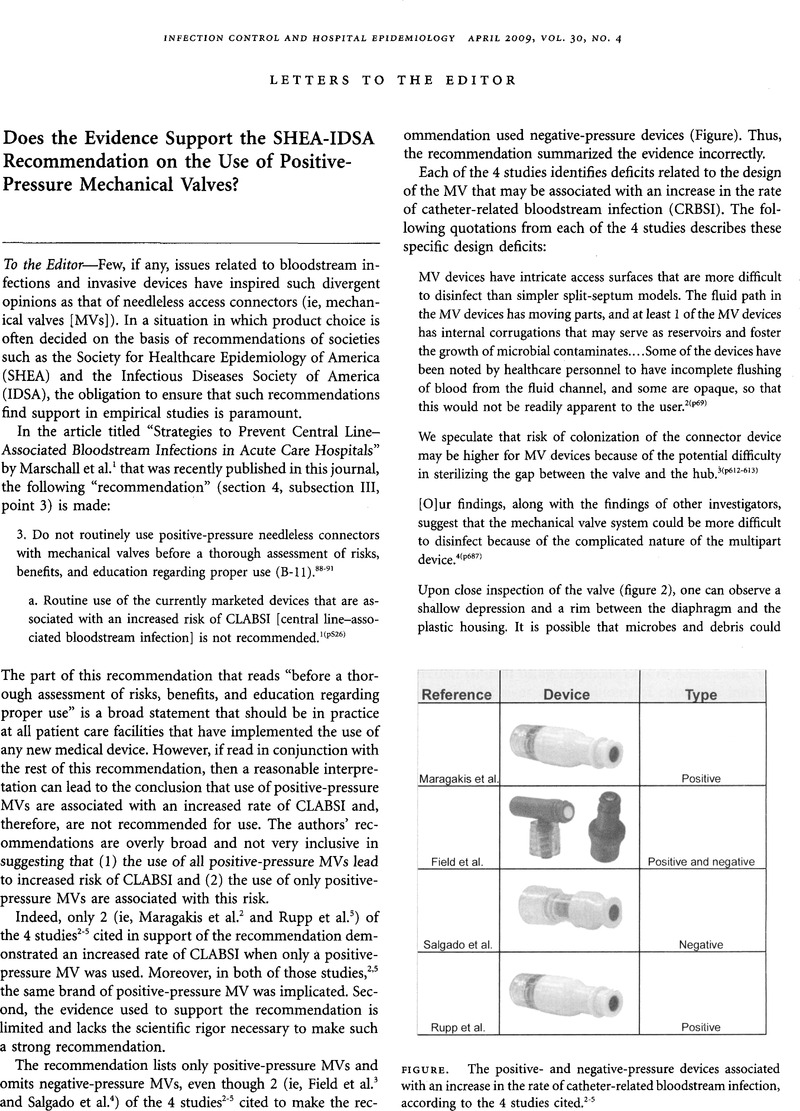Crossref Citations
This article has been cited by the following publications. This list is generated based on data provided by Crossref.
Mermel, Leonard A.
and
Marschall, Jonas
2009.
Reply to Edgar.
Infection Control & Hospital Epidemiology,
Vol. 30,
Issue. 4,
p.
403.
Powers, Richard J.
and
Wirtschafter, David W.
2010.
Decreasing Central Line Associated Bloodstream Infection in Neonatal Intensive Care.
Clinics in Perinatology,
Vol. 37,
Issue. 1,
p.
247.
Curran, Evonne
2016.
Outbreak column 19: needleless connectors (NCs) tales from nine outbreaks.
Journal of Infection Prevention,
Vol. 17,
Issue. 5,
p.
241.
2017.
Prävention von Infektionen, die von Gefäßkathetern ausgehen.
Bundesgesundheitsblatt - Gesundheitsforschung - Gesundheitsschutz,
Vol. 60,
Issue. 2,
p.
171.



